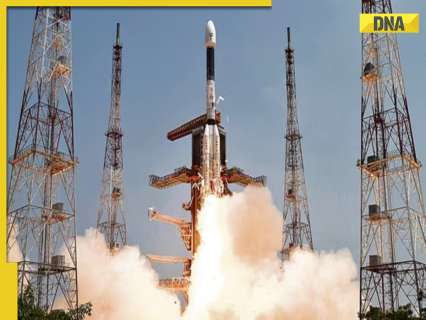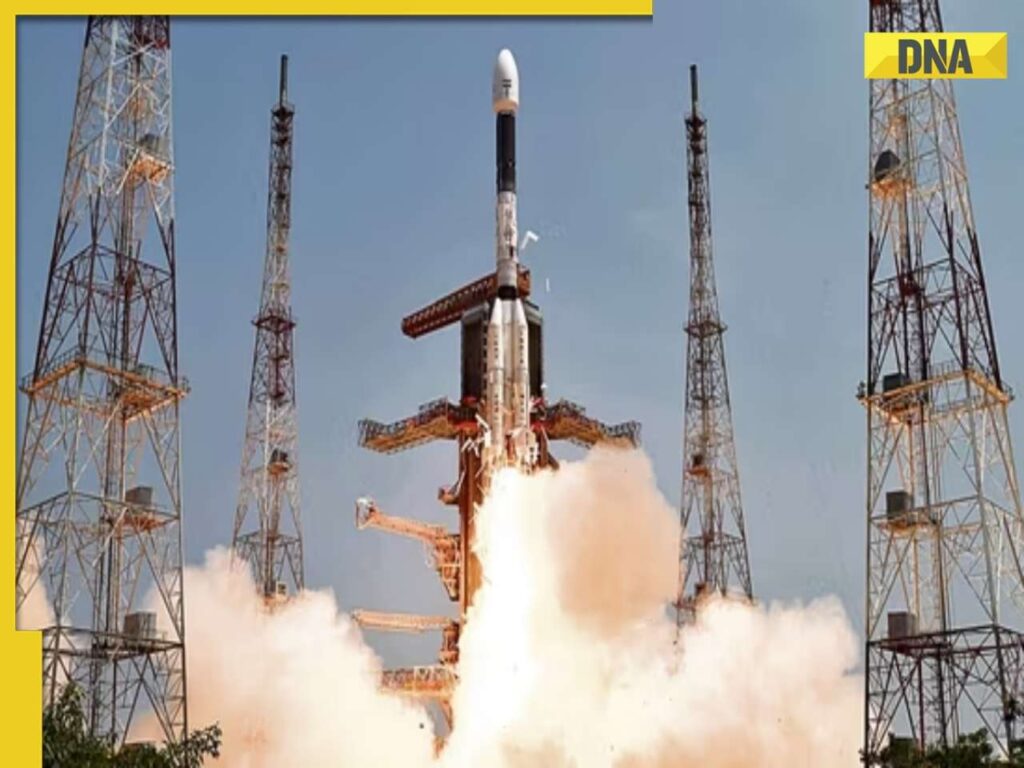
NavIC, which stands for Navigation with Indian Constellation, is India’s own regional navigation satellite system (GNSS).
India is poised to celebrate a momentous achievement in its spacefaring journey as the Indian Space Research Organisation (ISRO) prepares for its 100th mission. Scheduled for liftoff on January 29th, 2025, at 6:23 AM from the Satish Dhawan Space Centre (SHAR), the launch of the NVS-02 satellite aboard the Geosynchronous Satellite Launch Vehicle (GSLV) will significantly enhance India’s indigenous navigation system, NavIC.This landmark event underscores India’s growing expertise in space technology and its unwavering commitment to self-reliance in critical infrastructure.
NavIC: Charting India’s Course
NavIC, which stands for Navigation with Indian Constellation, is India’s own regional navigation satellite system (GNSS). It provides precise positioning and timing information primarily for the Indian region and its surrounding areas, with ambitions to expand its coverage globally in future phases. This homegrown system, similar to the widely used GPS, caters to a diverse range of applications, from everyday navigation to critical military operations.
The system relies on a constellation of satellites orbiting Earth, transmitting signals that enable receivers on the ground to pinpoint their location accurately. This technology has become indispensable in modern society, powering everything from mapping apps on smartphones to guiding aircraft and ships with precision.
NVS-02: A Technological Leap in Regional Navigation
NVS-02 represents the second satellite in the new generation of NavIC satellites, building upon the advancements of its predecessor, NVS-01, launched in May 2023. These second-generation satellites incorporate cutting-edge technology to enhance the accuracy, reliability, and security of NavIC, particularly within the Indian region and its surrounding areas.
Key Features of NVS-02:
Multi-band Signals: NVS-02 transmits signals in three frequency bands – L1, L5, and S band. This multi-frequency capability enhances accuracy and allows NavIC to interoperate with other global navigation systems.
Indigenous Atomic Clock: A key component of NVS-02 is the highly precise Rubidium atomic clock developed in India. This ensures accurate timekeeping, which is fundamental for precise positioning and navigation.
Enhanced Security: NVS-02 incorporates a robust encryption system to safeguard navigation signals from unauthorized access and potential interference.
- Dual Payloads: Like its predecessor, NVS-02 carries two main payloads:
- Navigation payload: Transmits navigation signals in L1, L5, and S bands, incorporating an indigenous Rubidium atomic clock for precise timing.
- Ranging payload: Includes a transponder to facilitate accurate distance measurements between the satellite and ground stations.
- Weight and Orbit: NVS-02 weighs approximately 2,232 kg and will be placed in a Geosynchronous Transfer Orbit (GTO).
- Mission Life: The satellite is designed to operate for at least 12 years.
A Look Back at NavIC 01 (NVS-01)
Before we delve into the specifics of NVS-02, let’s revisit its predecessor, NVS-01. Launched on May 29, 2023, NVS-01 marked a significant step in the evolution of NavIC. It carried an indigenous Rubidium atomic clock and L1 band signals, enhancing the system’s performance and compatibility. NVS-01 demonstrated India’s growing self-reliance in space technology and its commitment to providing essential navigation services for both civilian and military purposes.
NVS-02: Building on Success
NVS-02 builds upon the foundation laid by NVS-01, incorporating further advancements to enhance NavIC’s capabilities. The addition of L5 and S band signals, along with potential improvements in the atomic clock and security features, will make NavIC a more robust and versatile navigation system.
Applications of NavIC
NavIC’s applications span a wide range of sectors, contributing to India’s growth and security:
- Defense: Providing precise navigation and timing for military operations, including missile guidance, troop movement, and target tracking.
- Transportation: Enabling accurate navigation for various modes of transportation – land, air, and sea – improving safety and efficiency.
- Agriculture: Supporting precision farming techniques for increased productivity and optimized resource utilization.
- Disaster Management: Assisting in search and rescue operations and providing real-time situational awareness during emergencies.
- Finance and Timing: Delivering precise time synchronization for banking systems, power grids, and other critical infrastructure.
- ISRO’s 100th Mission: A Moment of National Pride
The launch of NVS-02 as ISRO’s 100th mission is a testament to the organization’s unwavering dedication to advancing India’s space capabilities. From its humble beginnings, ISRO has blossomed into a global space power, achieving remarkable feats in satellite technology, launch vehicles, and planetary exploration.
This centennial mission highlights India’s commitment to leveraging space technology for national development, self-reliance, and security. As NavIC continues to evolve, it will play an increasingly vital role in various sectors, empowering India’s progress and solidifying its position among the leading spacefaring nations.
(The author of this article is an award-winning Science Writer and a Defence, Aerospace & Political Analyst based in Bengaluru. He is also Director of ADD Engineering Components, India, Pvt. Ltd, a subsidiary of ADD Engineering GmbH, Germany. You can reach Girish Linganna at: [email protected])
(Disclaimer: The views expressed above are the author’s own and do not reflect those of DNA)

